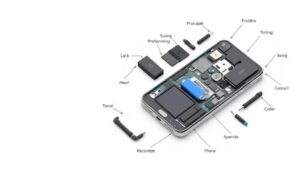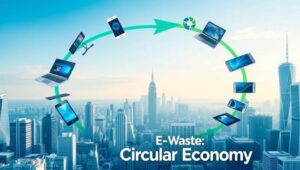May 29, 2025
Gadget Longevity: Designing Devices That Last (Beyond 2025)
Gadget Longevity: Designing Devices That Last (Beyond 2025) In a world of rapidly evolving technology, the lifespan of our gadgets seems to shrink just as quickly. From smartphones to laptops, we’re often compelled to upgrade every few years, driven by software updates, performance demands, or simply the allure of the latest features. But what if we could design devices that last, reducing e-waste and promoting sustainable consumption? This post explores the key considerations for extending gadget longevity beyond 2025. The Problem of Planned Obsolescence Before diving into solutions, it’s important to acknowledge the issue of planned obsolescence. This refers to












